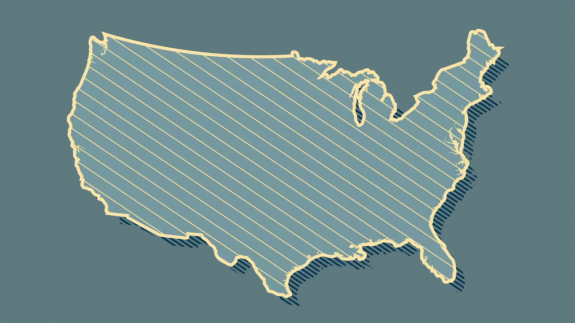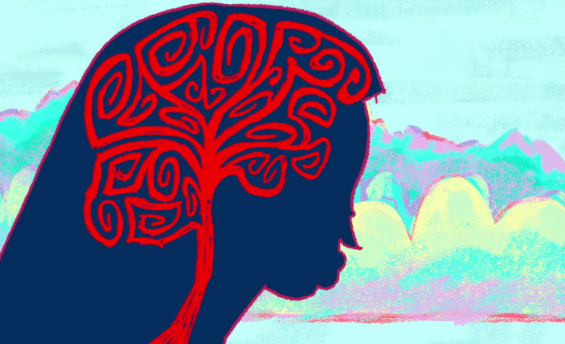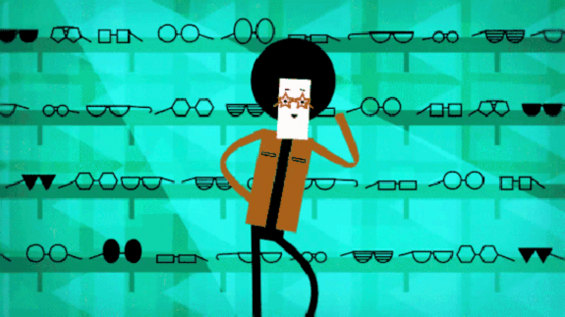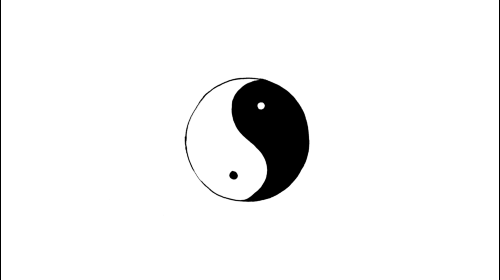
5 TED-Ed Lessons to use in your American History classroom

Carla Staffa, Burnsville Senior High School American history teacher (and all-around rockstar), uses TED-Ed Lessons in her classroom to supplement her curriculum, start conversation and spark curiosity. We caught up with Carla to find out which lessons she uses the most and what she hopes her students take away from each one.
1.) The fight for the right to vote in the United States - Nicki Beaman Griffin
“The fight for the acquisition of voting rights is one that has been fought by numerous groups, yet not all eligible voters take advantage of this right. Students see the chronology of voting rights actions and legislation, and are left with thought provoking questions at the end: “Do enough citizens have the right to vote now? And among those who CAN vote, why don’t more of them do it?” This always sparks discussion in the classroom – be prepared to mediate many differing opinions.”
2.) The Making of the American Constitution - Judy Walton
“This lesson sets the stage of a meeting that transforms our country forever — an unlikey result for a meeting that originally intended to amend the Articles of Confederation. I use this lesson to illustrate how the conversations among delegates, which were all kept secret, birthed the American Constitution and gave rise to the government we have today.”
3.) How one piece of legislation divided a nation - Ben Labaree, Jr.
“In this lesson, students learn how the Kansas-Nebraska Act divided the country and contributed to the start of the American Civil War. It highlights how the conflict over slavery became violent, and rendered separation virtually inevitable. I like to connect this division in politics to present day and challenge students to see if they think a division like this has or could happen again.”
4.) A digital reimagining of Gettysburg - Anne Knowles
“Anne Knowles takes the 21st century technology of Geographic Information Systems and blends it with historic maps to bring the Battle of Gettysburg to life. She explains the strategy behind the decisions Robert E. Lee was making based on the geography and the information he had from his scouts. She explains how technology and the historic maps together shed some light on why Lee made the decision to execute the failure that was Pickett’s Charge. I use this lesson to point out where the 1st Minnesota was during this battle, and highlight how they, by many accounts, helped to hold the Confederates back from Cemetery Ridge.”
5.) Aaron Huey – America’s native prisoners of war
“Minnesota is home to many American Indians – the Dakota being one of our larger tribes. Though we have American Indians in our state, non-American Indians in Minnesota know and understand very little about our indigenous neighbors. Huey gives us a sobering look into the lives of the Lakota and the legacy that our government treaties have left with them. This talk sparks a number of discussions among students, many that go on various tangents. While the conversations are deep and thought provoking, they can also be very controversial. To use this lesson in class, be sure to prepare with regard to sensitive American Indian issues, and be ready to facilitate a meaningful learning experience for your students.”




Awesome thank you!!!!!